The Science Behind Hair Elasticity: Keeping Your Hair Strong | |
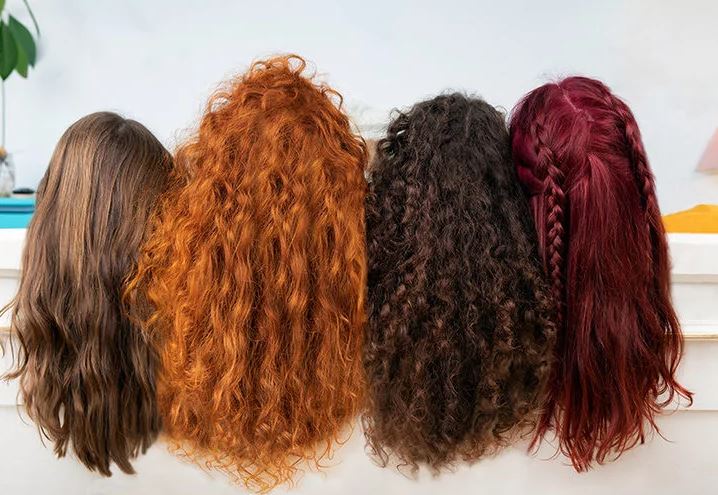
| |
Hair elasticity is an essential characteristic that contributes to the strength and overall health of your hair. Understanding the science behind hair elasticity can help you implement proper hair care practices to maintain strong and resilient strands. In this article, we will delve into the science of hair elasticity, its importance, and how you can keep your hair strong and flexible. Understanding Hair ElasticityHair elasticity refers to the ability of your hair strands to stretch and return to their original shape without breaking. Healthy hair has a natural elasticity that allows it to withstand tension and manipulation. The elasticity of your hair depends on several factors, including its structure, moisture content, and overall health. The Importance of Hair ElasticityHair elasticity is crucial for maintaining strong and resilient hair. It helps your hair withstand the everyday stresses it encounters, such as brushing, styling, and environmental factors. Hair with good elasticity is less prone to breakage, split ends, and damage. It also allows for more versatile styling options without compromising the health of your hair. The Science Behind Hair ElasticityHair is primarily composed of a protein called keratin, which forms the structural foundation of each strand. Keratin molecules are held together by chemical bonds, including disulfide bonds and hydrogen bonds. These bonds contribute to the strength and elasticity of the hair. Disulfide BondsDisulfide bonds are strong chemical bonds that form between sulfur atoms within the keratin protein. They create a three-dimensional structure that gives hair its strength and resilience. Disulfide bonds are responsible for the natural shape and curl pattern of your hair. Heat, chemicals, and excessive manipulation can break these bonds, leading to a loss of elasticity and structural integrity. Hydrogen BondsHydrogen bonds are weaker than disulfide bonds but play a significant role in hair elasticity. These bonds form between water molecules and the protein structure of the hair. When hair is wet, the hydrogen bonds temporarily break, allowing the hair to stretch and change shape. As the hair dries, the hydrogen bonds reform, restoring the hair to its original state. Excessive heat and chemical treatments can weaken hydrogen bonds, leading to decreased hair elasticity. Moisture BalanceMaintaining proper moisture balance is crucial for hair elasticity. When hair lacks moisture, it becomes dry, brittle, and more prone to breakage. Dry hair has reduced elasticity, making it less resilient and more susceptible to damage. On the other hand, over-hydrated hair can become weak and overly elastic, leading to excessive stretching and breakage. Striking a balance in moisture levels through proper hydration and moisturizing practices helps maintain optimal hair elasticity. Keeping Your Hair Strong and ElasticNow that you understand the science behind hair elasticity, here are some tips to help you keep your hair strong and flexible: 1. Maintain a Healthy DietA balanced diet rich in nutrients is essential for overall hair health, including its elasticity. Ensure your diet includes protein, vitamins, and minerals that support hair growth and strength. Foods such as lean meats, fish, eggs, fruits, vegetables, and whole grains provide the necessary nutrients for strong and elastic hair. 2. Avoid Overuse of Heat Styling ToolsExcessive heat from styling tools like flat irons, curling irons, and blow dryers can damage the protein structure of the hair and weaken its elasticity. Limit the use of heat styling tools, and always use a heat protectant spray or serum before applying heat to your hair. Opt for air-drying or heatless styling methods whenever possible to minimize heat-related damage. 3. Protect Your Hair from Environmental StressorsEnvironmental factors such as UV rays, pollution, and harsh weather conditions can impact hair elasticity. Shield your hair from excessive sun exposure by wearing a hat or using a UV-protective spray. When swimming in chlorinated or saltwater pools, rinse your hair with fresh water afterward to remove any damaging substances. Consider using leave-in conditioners or protective hair serums to create a barrier against environmental stressors. 4. Be Gentle with Your HairAvoid aggressive brushing, combing, or pulling on wet or dry hair, as this can lead to breakage and damage. Use a wide-toothed comb or a brush with flexible bristles to detangle your hair gently. Start from the ends and work your way up, using short strokes to minimize tension. Be mindful of hairstyles that pull tightly on the hair, as they can cause stress and weaken the elasticity over time. 5. Regularly Trim Your HairRegular trims are essential for maintaining hair health and elasticity. Trimming removes split ends and prevents them from traveling up the hair shaft, reducing the risk of breakage. Aim for a trim every 8-12 weeks to keep your hair ends healthy and minimize damage. 6. Hydrate and Moisturize Your HairKeeping your hair well-hydrated and moisturized is crucial for maintaining elasticity. Use a moisturizing shampoo and conditioner that suit your hair type to add and retain moisture. Consider incorporating weekly deep conditioning treatments or hair masks to provide additional hydration and nourishment. Use leave-in conditioners or hair oils to seal in moisture and protect your hair from dryness. Frequently Asked Questions (FAQs)Q1: Can damaged hair regain its elasticity? A: While severely damaged hair may not fully regain its original elasticity, implementing proper hair care practices can help improve its strength and flexibility. Consistent moisturizing, limiting heat styling, and protecting your hair from environmental stressors can contribute to the overall health and elasticity of your hair. Q2: Can certain hairstyles affect hair elasticity? A: Yes, hairstyles that involve excessive tension or pulling, such as tight ponytails or braids, can strain the hair and impact its elasticity over time. Opt for looser hairstyles that allow your hair to move naturally and avoid hairstyles that put stress on the hair follicles. Q3: Can using protein treatments improve hair elasticity? A: Protein treatments can help strengthen the hair shaft and improve its elasticity, particularly for damaged or chemically treated hair. Look for protein-based hair masks or treatments that provide the necessary amino acids to support the hair's protein structure. Q4: Can hair products specifically target hair elasticity? A: Some hair products are formulated to improve hair elasticity by nourishing and strengthening the hair. Look for products that contain ingredients such as keratin, collagen, or hydrolyzed proteins, as these can help enhance elasticity and promote overall hair health. Q5: Does hair elasticity change with age? A: Hair elasticity can change with age as the hair's natural aging process and external factors can impact its strength and flexibility. However, implementing proper hair care practices can help maintain optimal elasticity as you age. Q6: Can using a satin pillowcase help improve hair elasticity? A: Sleeping on a satin pillowcase can reduce friction and help prevent hair breakage, which indirectly contributes to maintaining hair elasticity. Satin pillowcases also help retain moisture in the hair, promoting overall hair health. ConclusionUnderstanding the science behind hair elasticity empowers you to make informed decisions regarding your hair care routine. By implementing proper hair care practices, such as maintaining a healthy diet, minimizing heat styling,protecting your hair from environmental stressors, being gentle with your hair, and keeping it hydrated, you can help maintain the strength and flexibility of your hair. Remember that healthy hair with good elasticity is less prone to breakage and damage. Embrace these practices to keep your hair strong, resilient, and beautifully elastic. | |
| Category: Hair Care | |
| Total comments: 0 | |
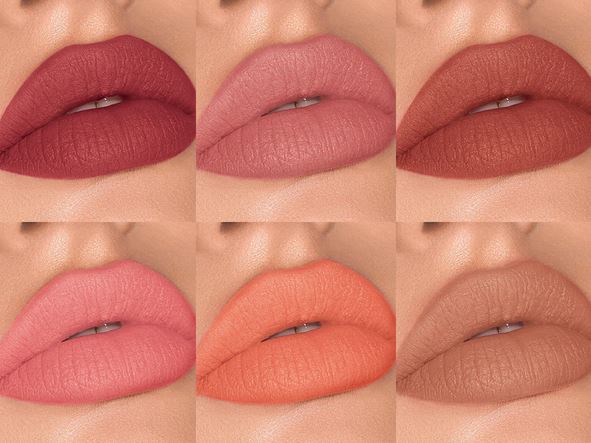 |
| 5 Stunning Lipstick Shades for Spring |
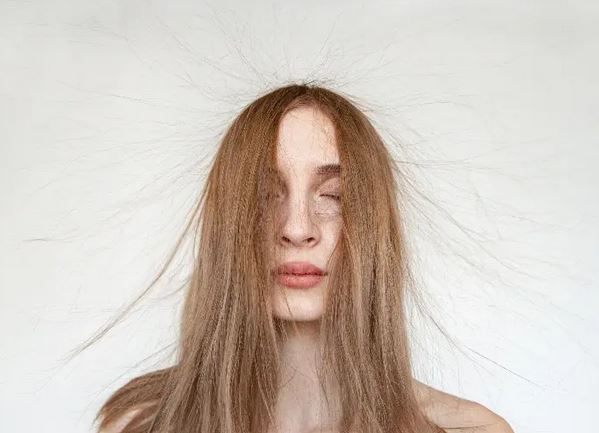 |
| Tips for Managing and Preventing Hair Static |
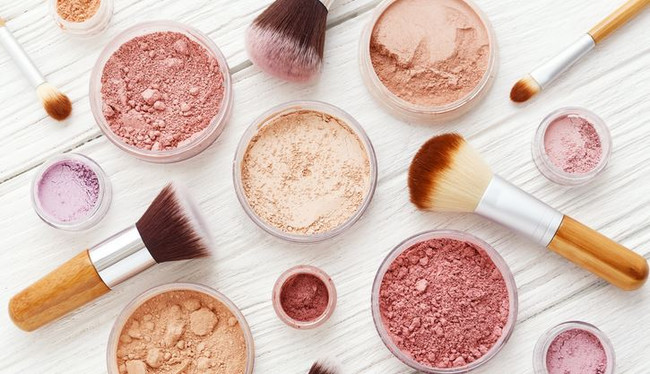 |
| The Benefits of Using Mineral Makeup |
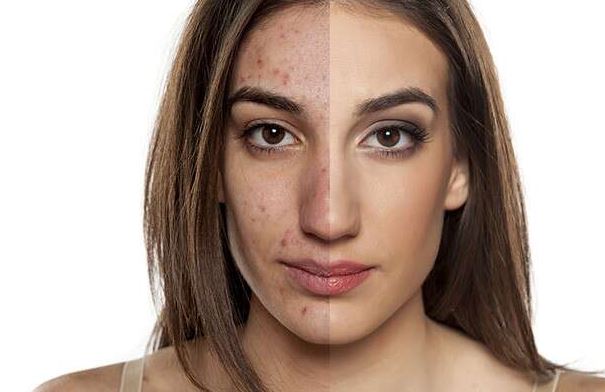 |
| Best Makeup Products for Acne-Prone Skin |
 |
| How to improve sleep quality |
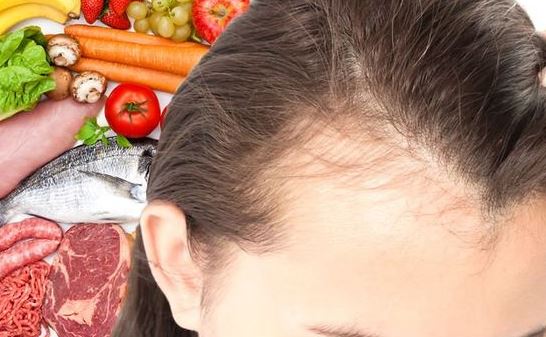 |
| The Importance of a Properly Balanced Diet for Healthy Hair |
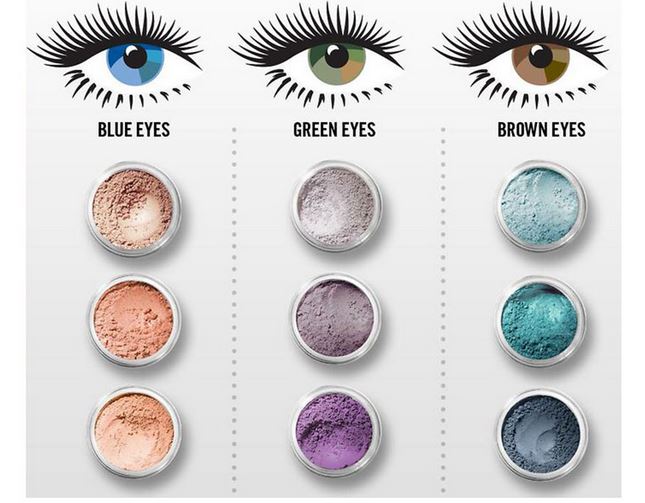 |
| How to Choose the Right Eyeshadow Colors for Your Skin Tone |
 |
| How to find your personal style |
 |
| The role of fashion bloggers and influencers in the industry |
